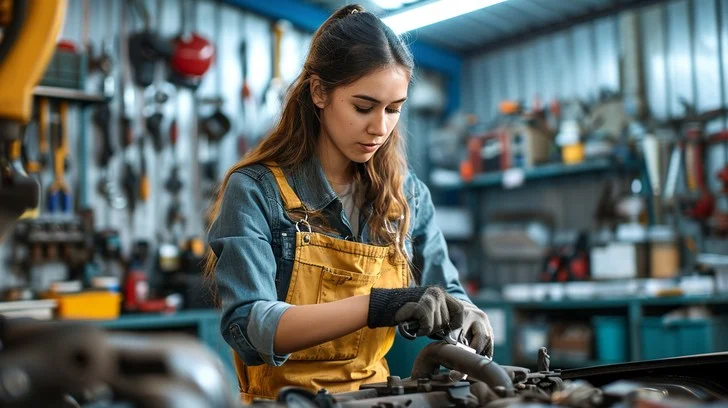Quality Inspection of CNC Machining: 6 Most Important Aspects
CNC machining plays a critical role in modern manufacturing, ensuring precise and reliable production. Quality inspection in CNC machining is essential to maintain high standards and product accuracy. This guide will explore six vital aspects of quality inspection to help manufacturers achieve exceptional outcomes.
1. Machine Calibration and Accuracy Check
Calibrating CNC machines is the first step to ensuring consistent quality. Regular checks prevent errors in measurements and movements. By maintaining proper calibration, manufacturers can ensure that each product meets precise specifications.
2. Tool Condition Monitoring
Tool condition is crucial for producing flawless parts. Worn-out or damaged tools can lead to inaccuracies, so it’s essential to inspect tools before and during production. Tool monitoring not only improves product quality but also reduces waste.
3. Dimensional Accuracy Inspection
Dimensional accuracy is the foundation of CNC machining. Inspectors use advanced equipment like coordinate measuring machines (CMMs) to check that parts meet required dimensions. This step is vital for high-quality output in industries like aerospace and automotive.
4. Surface Finish and Texture Check
Surface quality impacts the functionality and appearance of CNC-machined parts. Quality inspection involves checking the surface finish to meet customer requirements. Techniques like roughness measurement help ensure that the product looks and functions as expected.
5. Material Consistency Verification
Using consistent materials is essential for reliable CNC machining. Inspectors check the quality and consistency of materials to maintain uniformity across products. This verification ensures that each part meets durability and performance standards.
6. Functionality Testing and Final Assembly Check
After completing individual inspections, testing the final assembly is the last step. Functionality testing ensures that parts work together seamlessly, meeting the specifications for mass production. This step is crucial to prevent functional issues in the finished product.
FAQs: Quality Inspection in CNC Machining
1. What is CNC machining, and what are the 6 most common CNC machines?
CNC machining is a manufacturing process where computers control machine tools for precision and repeatability. The six most common CNC machines include milling, lathes, routers, grinders, plasma cutters, and laser cutters.
2. How do you inspect a CNC machine?
Inspection involves checking calibration, tool condition, dimensions, surface finish, and material consistency. Each step ensures the machine and parts meet quality standards.
3. Is CNC machining good for mass production?
Yes, CNC machining is ideal for mass production. It offers precision, repeatability, and efficiency, which reduces costs and production time.
4. How do you manufacture a product using CNC machines?
Manufacturing with CNC machines begins with design specifications. The CNC machine then follows programmed commands to shape, cut, or assemble the product with high accuracy.
By following these six aspects of quality inspection, manufacturers can maintain superior CNC machining standards, ensuring precision, reliability, and customer satisfaction.




One Response
Hi, this is a comment.
To get started with moderating, editing, and deleting comments, please visit the Comments screen in the dashboard.
Commenter avatars come from Gravatar.